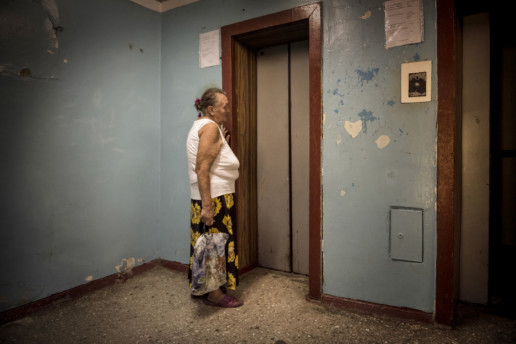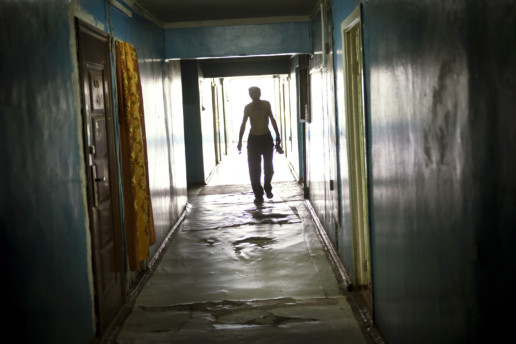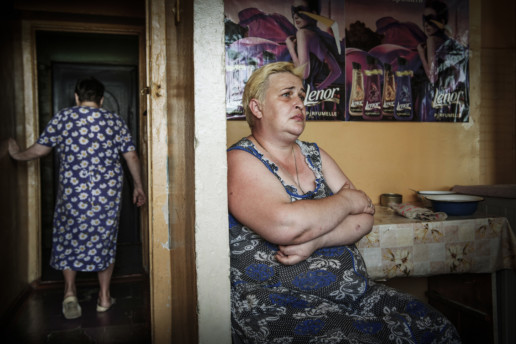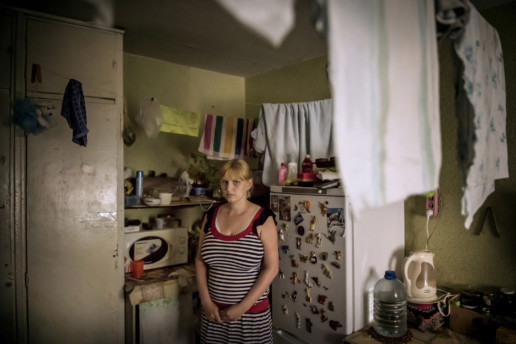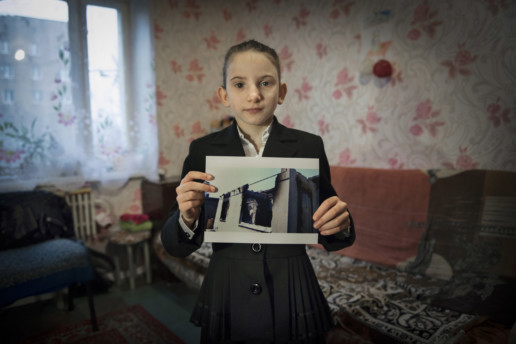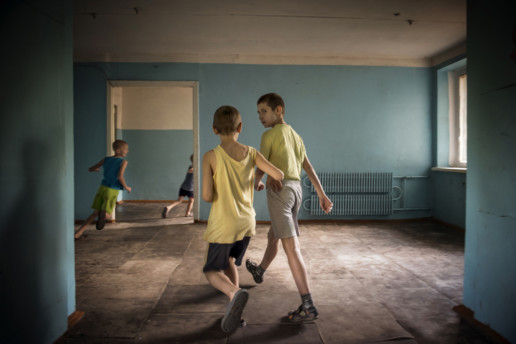Grand Hotel Donetsk
War in Ukraine is still ongoing unnoticed and ignored by the majority of Western media.
Despite Minsk’s agreements bombings are still heavily ongoing in the villages outside Donetsk and along the front line; Spartak, Pesky and Avdiivka, just to name some, are now ghost towns destroyed and practically abandoned.
The majority of the local population was forced to move; some were able to either relocate abroad or to move in with relatives and friends in Donetsk.
But unfortunately not all of them had this opportunity either because they were alone or because they did not have the necessary paperwork.
In particular the latter is a common situation in which many are finding themselves in the self-proclaimed Donetsk Republic (DNR); Ukrainian laws foresee the periodic review of the passport picture to prolong its validity and those that were not able to renew the passport before the conflict started are now in a paradoxical situation: In order to renew or obtain a passport they will have to go through the frontline, that is now functioning as border, to reach the administrative offices in Kiev risking their life or even to be arrested.
For those people the only alternative is to have assigned a room in a evacuees’ building.
Many of these facilities exist in Donetsk and they are hosting thousands of people. These structures are mainly very large buildings, many dating from the Kruscev time, used over the years for several purposes: some were housing estates, some hospitals and some even universities.
Every evacuee is assigned with a room, the size of which depends from the number of people in the family.
The mix of people living in these places is quite heterogeneous: families with children, elderly people (even WWII veterans), injured soldiers or even political refugees. Every person has a story to tell mainly revolving around the need to abandon in a hurry due to the bombings familiar places, loved homes and memories. Kitchens, bathrooms and showers are all communal and are dislocated in between rooms along the corridors at each floor.
There are designated areas to do the washing and to hang clothes to dry as well as areas for children to play.
Every room is filled with furniture, appliances, everyday objects, books and memories because each room is now the sole keeper of these people life.

